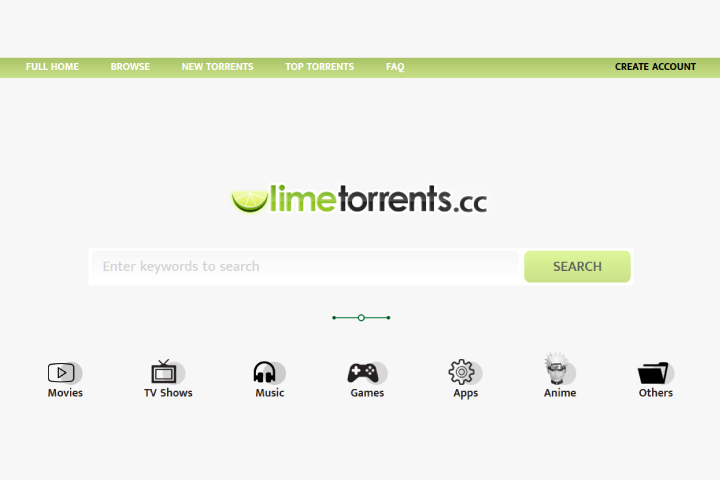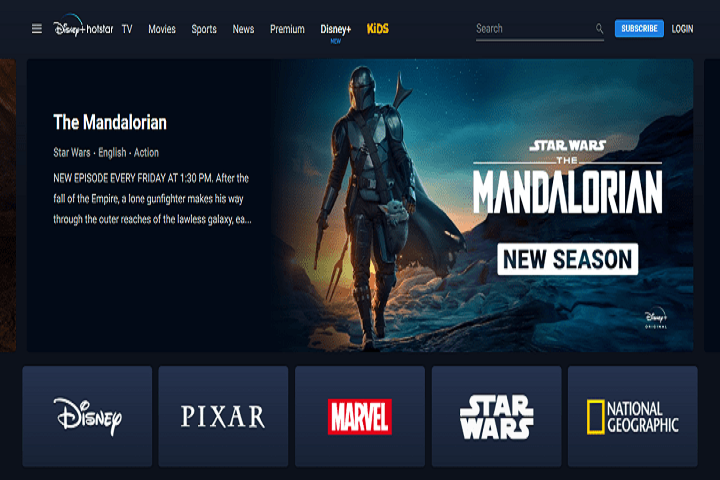Workforce
Best practices for ethical user activity monitoring
Modern workplaces have found a new staple element: user activity monitoring software. Best practices for an ethical user activity monitoring.

Modern workplaces have found a new staple element: user activity monitoring software. This software enables organizations to monitor employee productivity, tighten security, and facilitate adherence to regulations. However, the more minute the purpose of the software or tools, the more cautiously and ethically it is necessary to implement them to protect workforce privacy and maintain trust.
Hence, employers must promote ethical monitoring practices that balance workforce management and employees’ privacy rights. This post will outline a few of the best practices for ethically executing user activity monitoring software while maintaining efficient productivity and confidentiality.
Table of Contents
1. Transparency is key
Transparent or open communication between employers and employees is the most standard practice. Employees should be rightfully informed when and where their activities will be tracked, the purpose of implementing user activity monitoring practices, and how that data will be utilized. This fair openness prevents the buildup of distrust and reduces the risks of legal problems.
Companies must also develop written, transparent, and fair policies that explain the type of data collection, the duration of storage, and authorized accessibility. This information must be included in the employee handbooks and revisited occasionally during training sessions.
2. Focus on performance, not intrusion
Ethical user activity monitoring software must limit data collection. It should track and collect data only relevant to work performance. Monitoring employee activities outside work hours or collecting personal data should be avoided at all costs, as this depicts a breach of privacy boundaries that can generate unwanted friction between management and employees.
Instead of blanket surveillance, companies should implement task-specific monitoring targeting only particular job functions. For instance, a well-known monitoring software, Insightful, allows organizations to track idle time and application usage and provides visibility into employee productivity without being over-intrusive.
3. Employee consent matters
Employees must give their willful consent before monitoring begins. By obtaining informed consent from the workforce, the business promotes a culture of fairness, respect, and trust. This also mitigates any possible legal problems related to privacy violations.
Wherever feasible, management should consider offering opt-out options for specific types of monitoring if they involve sensitive details. For example, employees should be free to turn off tracking outside working hours or during breaks for a fair compromise.
4. Implement role-based access controls
There should be restricted access to data collected by user activity monitoring software in the organization. Implementing role-based access controls guarantees that only those authorized can view the data. This not only reduces the chances of misuse of sensitive information but also data breaches.
The management should also maintain audit trails to track who accesses the data and its purpose. This level of accountability and ownership discourages misuse of monitoring data and unethical behaviours.
5. Use monitoring data responsibly
The data collected by the software should be responsibly used for constructive purposes, such as providing training, coaching, and real-time performance feedback to employees. In this context, Insightful allows managers to access and review productivity patterns to determine areas where employees can improve and may need additional support.
While granular monitoring of employees highlights inefficiencies, the company should avoid micromanagement. It should trust its workers to do their jobs and use the collected information as improvement tools rather than constantly overseeing and overloading data.

6. Ensure adherence to legal standards
While implementing monitoring practices, companies must guarantee that they will follow data protection laws according to local and international legal standards. This may include the California Consumer Privacy Act (CCPA) in the United States or the General Data Protection Regulation (GDPR) in Europe. Failure to comply can lead to severe penalties and harm to the company’s image.
Regular audits of the monitoring practices should also be conducted to ensure continuous adherence to internal policies and legal standards. These audits help determine whether the company risks violating ethical guidelines or privacy laws.
7. Employee involvement in policy development
Companies should adopt a collaborative policy-making approach when developing monitoring policies. This means including employees’ input on the matter, which helps create a culture of trust and ownership. Then, employees will be more inclined to accept and comply with the new monitoring approach and practices.
Additionally, proper feedback mechanisms or channels should be available for employees to express their suggestions and concerns about the monitoring system. This helps refine the process and ensure its fairness and transparency on the go.
8. Use technology to promote privacy
Companies are suggested to pick user activity monitoring software that facilitates privacy features by design. This means tools offering focused aggregate data or anonymized data collection instead of individual metrics. Insightful, for example, allows its users to customize monitoring settings depending on the business’s need for privacy and oversight balance.
When preparing monitoring policies, monitoring objectives must be established. Data should be collected only to achieve those objectives. This principle, the data minimization principle, minimizes or eliminates the risk of privacy invasion by abiding by legal requirements.
9. Provide regular training and updates
Regular training sessions must be conducted as a strategy to educate the workforce on monitoring practices and software. This also creates an opportunity to determine and address any misconceptions and ensure everyone stays on the same page.
Technology will keep evolving, and so will your company’s monitoring policies and standards. That is why management should stay on guard and regularly update policies to reflect new legal requirements, changes in employee feedback and advanced software capabilities. These changes and updates should be known to all employees clearly in real time.
10. Emphasize positive outcomes
While monitoring data helps identify causes and patterns of underperformance, it can also be used to award recognition, productivity, and positive behaviour. This constructive approach motivates employees and reinforces the perks of monitoring for both the employer and employees.
Using the monitoring software as a tool for development instead of surveillance and punishment builds a supportive work culture. This makes the employees feel that monitoring is done to help them improve and succeed, not only reprimanding them for making mistakes.
Closure
If you want your company to have a productive and positive work dynamic, you should ethically implement user activity monitoring software into the workflow. By following the best practices mentioned here, you can effectively use these tools without compromising employee morale or privacy. You can even take advantage of monitoring solutions like Insightful to improve overall productivity while also tailoring options to ensure ethical application. When done the right way, this software can support businesses in reaching goals and improving employee well-being.
-

 Instagram4 years ago
Instagram4 years agoBuy IG likes and buy organic Instagram followers: where to buy them and how?
-

 Instagram4 years ago
Instagram4 years ago100% Genuine Instagram Followers & Likes with Guaranteed Tool
-

 Business5 years ago
Business5 years ago7 Must Have Digital Marketing Tools For Your Small Businesses
-

 Instagram4 years ago
Instagram4 years agoInstagram Followers And Likes – Online Social Media Platform















